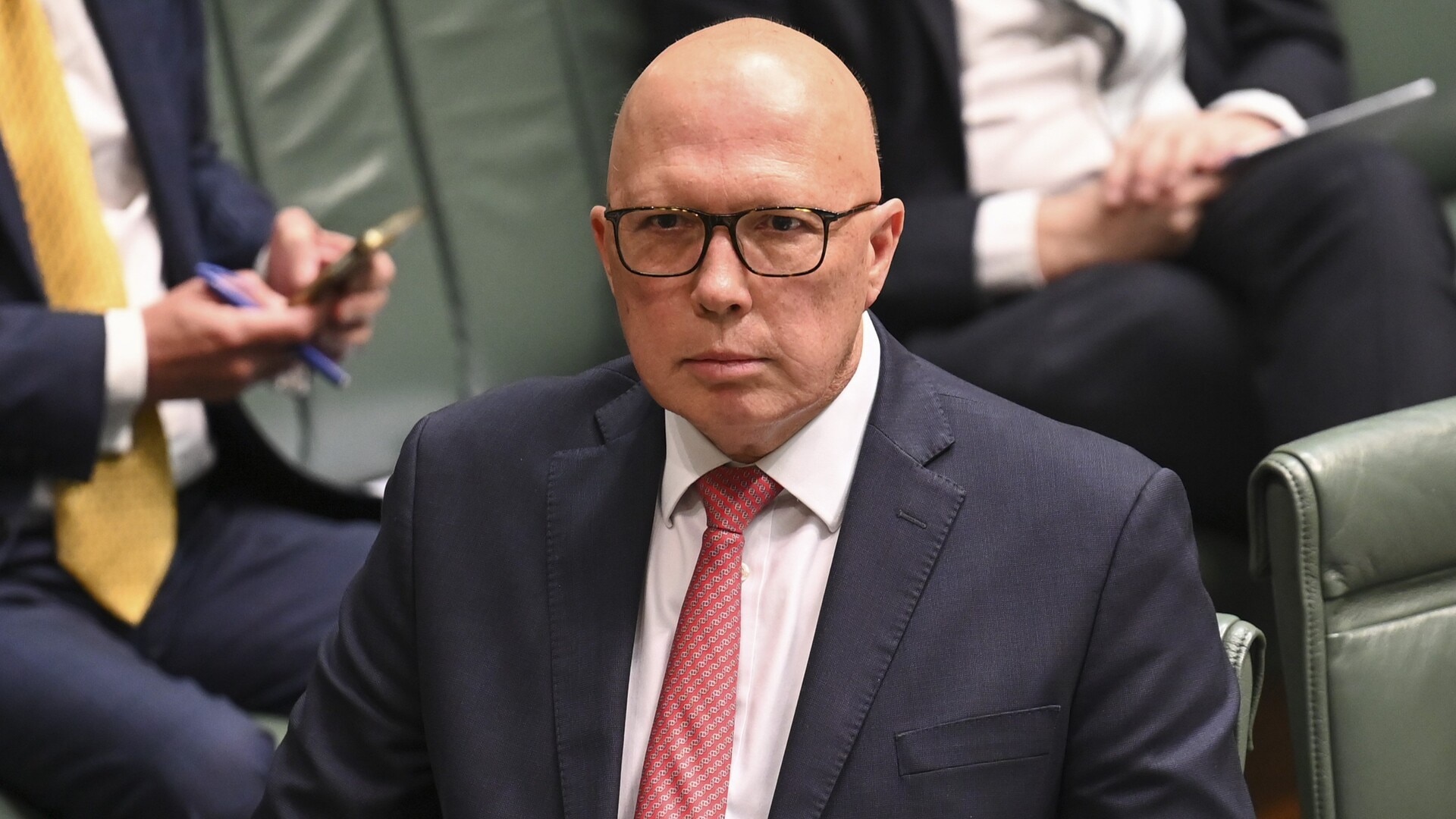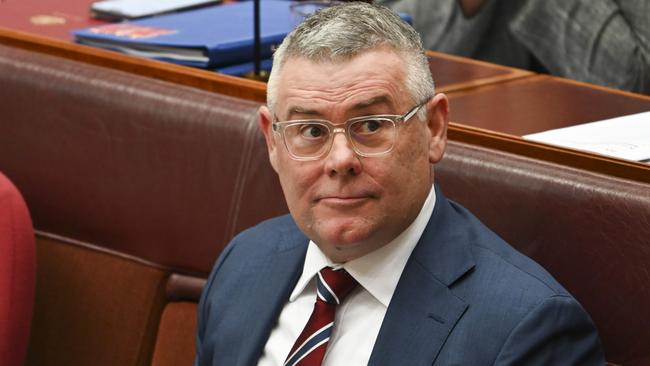Median Aussie wage up by $48 to$54 a week, new government analysis reveals
New data has revealed the boost to Aussie wages, with a worker on the median wage now earning more than $2000 extra a year.

Costs
Don't miss out on the headlines from Costs. Followed categories will be added to My News.
The median wage for Australian workers covered by enterprise agreements has increased by $54 a week in the year to September 2024, new data has revealed.
Wages in the private sector continue to outpace growth in public sector jobs at 3.9 per cent compared to 3.5 per cent, according to government analysis released on Friday.
Wage growth for workers covered by enterprise agreements were also slightly above figures reported in the September quarterly update of the wage price index which recorded a 3.7 per cent uptick in private sector pay, and a 3.5 per cent boost to public sector wages year-on-year.
Using the median weekly wage of $1396, this amounts to a $54 pay bump for private sector workers, or a $48 weekly increase for employees in the public sector.
In annual terms, it is an increase of about $2808 and $2496 respectively.
The Albanese government said the figures confirmed enterprise bargaining was helping to lift wages, despite resistance from the business sector.
A record number of newly approved enterprise agreements were minted in the September quarter, with the 933 contracts covering more than 240,000 employees.

Updated data also revealed that as of July 1, 2022, a record 1.26 million Aussie workers were now covered under 9483 enterprise contracts.
Employment and Workplace Relations Minister Murray Watt said the positive wage growth was helping to temper cost-of-living increases.
“We know things have been tough for Australians over the past few years, as global economic conditions have impacted us here at home,” he said.
“That’s why Labor has worked hard to get wages moving again, by supporting increases to the minimum wage, passing our Same Job, Same Pay laws and by funding pay rises for workers in aged care and early education.
“Every one of these changes was opposed by Peter Dutton and the Coalition, just like they opposed all of Labor’s cost of living relief.”

He also took aim at the Coalition for “deliberately keeping wages low,” pointing towards data which revealed quarterly wage growth averaged to 2.9 per cent across the private sector, and 2.7 per cent in the public sector under the former government.
“Only Labor has a plan to keep your wages growing to help deal with cost-of-living pressures,” he said.
“On the other hand, Peter Dutton and the Liberals want to cut your wages and make you work longer for less.
“While Australians are doing it tough, this would be the worst time to risk a cut to your wages under Peter Dutton.”
Despite this, powerful business lobby, the Business Council of Australia has opposed mandatory multi-employer bargaining, with chief executive Bran Black previously arguing the “top-down, one-size-fits-all” approach hampers productivity and competition.
“We need to seriously examine how recent industrial relations changes are thwarting productivity growth and holding us back,” he said.
“Changes like multi-employer bargaining have taken our workplace laws back to the 1970s and threaten our ability to invest and innovate.”
Originally published as Median Aussie wage up by $48 to$54 a week, new government analysis reveals



